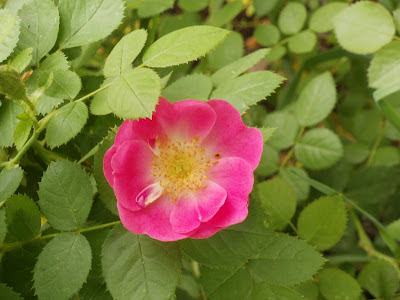Breathing. Short, deep breaths in. Long, slow breaths out. This is how wind players breathe. Faster air exhaling means shorter, less musical phrases. Many students think they don’t have the lung capacity to play long phrases but in reality, what they need is more control. Flute is described as taking the most air to play as a beginner. There is no mouth piece to catch or direct the air, so most students use too much air at first. This means they get dizzy and think they need to “stretch” their lungs. As their embouchures improve and less air escapes, they are able to play longer between breaths and their tone gets better, becomes less “breathy.” A tight embouchure is not what I am talking about here, but a controlled one that directs the air as precisely as possible. It takes time and experience to learn this but the benefits don’t stop at music making.
The attention runners and swimmers give their breath is the same kind needed for wind players. It is about using the breath you have efficiently so that you will not need to stop before you reach the end of the track or score. People with asthma often discover they do in fact have more than enough breath to play wind instruments, but they are using their air too fast. Deep and gentle breaths get you to the end of the piece, while shallow and frantic breaths prevent you from making music.
There are a number of yoga breathing techniques that can help you learn to control your breath. One is to breathe in and slowly fill your lungs from top to bottom all in one breath. Let your upper chest and shoulders fill completely with air, then fill the middle of your lungs and finally let your lower lungs and belly expand. Then exhale in the reverse order, emptying your belly of air, then the middle of your lungs and finally your upper chest. See just how slowly you can do this without getting dizzy. After doing this several times, try filling and emptying your lungs from bottom to top. Learning all the different ways your lungs can fill with air can show you just how much air you truly have and teach you to slow your exhalations down. The technique itself calms you down, which gives you more control over your breath on its own.
Another old flute teacher’s trick is to light a candle and exhale so that the flame bends and dances but does not go out. See just how little breath it takes to make the flame spin and how long you can keep it twisting before you breathe in. Use as small a stream of air as you can, then release a large, loose, uncontrolled gust and experience the difference in the breath, and watch the flame, your breath made visible.






This is very nice. I love your description of inhaling the scents outdoors.
ReplyDeleteI also read that focusing on the exhalation, going slowly and purposefully, is a good way to relax yourself if you are having trouble sleeping.